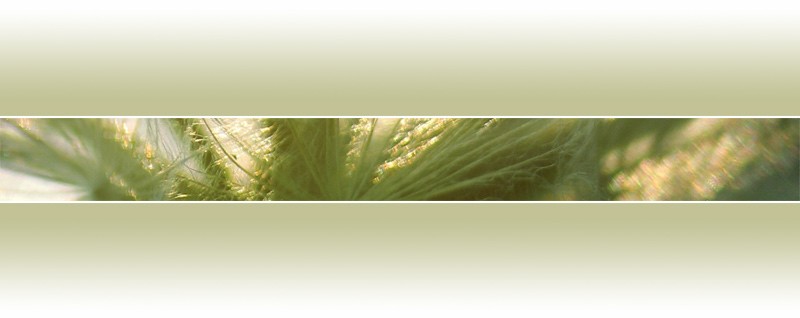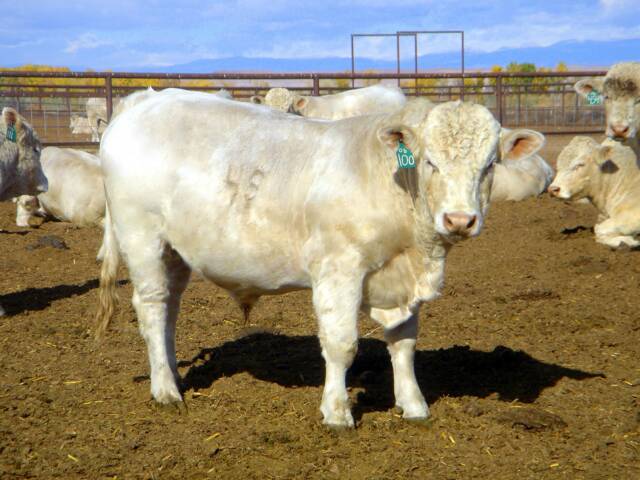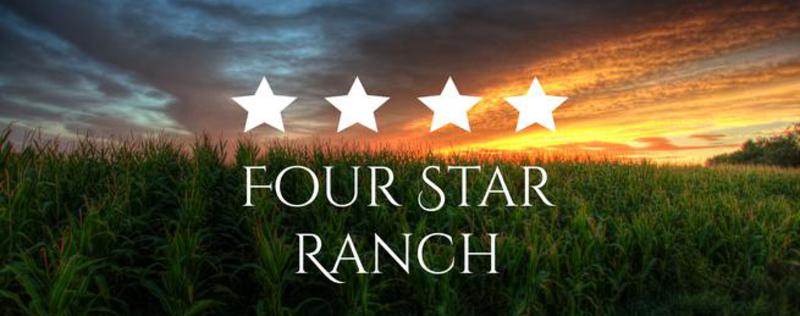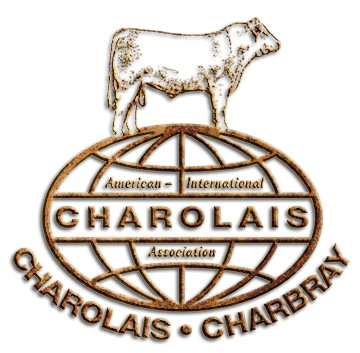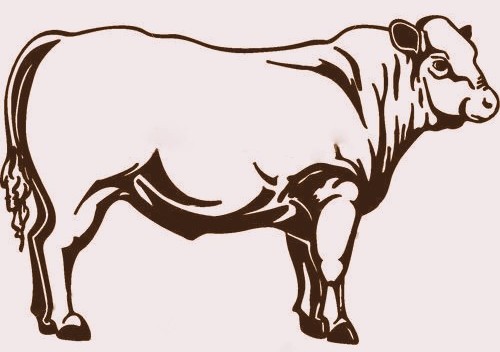Four Star’s Charolais genetics customers have reported consistent weaning weight increases of in excess of 200 lbs. Four Star selects its herd sires for birth weights averaging 85 lbs.
Four Star's biggest bull buyers are typically Angus breeders who achieve dramatic increases in weaning weights and feed gains due to heterosis or hybrid vigor. The Charolais Association reports that the Charolais - Angus cross is the “hottest” cross in the cattle industry and is limited because of the limited number of Charolais bulls relative to the Angus cows.
Charolais are favored for beef products because even though their genetics produce a larger frame size, yet they consistently yield leaner better-tasting meat -- yes, even superior to heavily-promoted Black Angus breed.
In 2013, Four Star began raising purebred Angus cattle to cross-breed with its Charolais herd. The results have been a tremendous increase in weaning weights of the cross-breds.
CATTLE RANCHING
History of the Charolais Cow
The Charolais cattle breed originated in west-central to southeastern France, in the old French provinces of Charolles and neighboring Nievre. The exact origins of the Charolais are lost to us but it must have been developed from cattle found in the area. Legend has it that white cattle were first noticed in the region as early as 878 A.D., and by the sixteenth and seventeenth centuries were well-known and favorably accepted in French markets, especially at Lyon and Villefranche. Selection developed a white breed of cattle which, like other cattle of continental Europe, were used for draft, milk and meat.
Introduction to the United States
Soon after the First World War, a young Mexican industrialist of French name and ancestry, Jean Pugibet, brought some of the French cattle to his ranch in Mexico. He had seen the Charolais cattle during World War I while serving as a French army volunteer and was impressed by their appearance and productivity. He arranged for a shipment of two bulls and 10 heifers to Mexico in 1930. Two later shipments in 1931 and 1937 increased the total number to 37 - eight bulls and 29 females. Not long after the last shipment, Pugibet died and no further imports were attempted.
The first Charolais to come into the United States from Mexico are believed to be two bulls, Neptune and Ortolan, which were purchased from Pugibet by the King Ranch in Texas and imported in June 1936. Later imports of bulls were owned by some of the early "pioneers" in the industry: Harl Thomas, Fred W. Turner, C.M. "Pete" Frost, M.G. Michaelis Sr., and I.G. "Cap" Yates, all of Texas, J.A. "Palley" Lawton of Louisiana, and others.
The Western Movement
Some of the finest and earliest Charolais to be transported into the American West were by cattlemen, Blythe Gardner and Robert Larson of Richfield, Utah, who developed a Charolais herd consisting of over 5,000 head -- the largest in the industry at the time.
